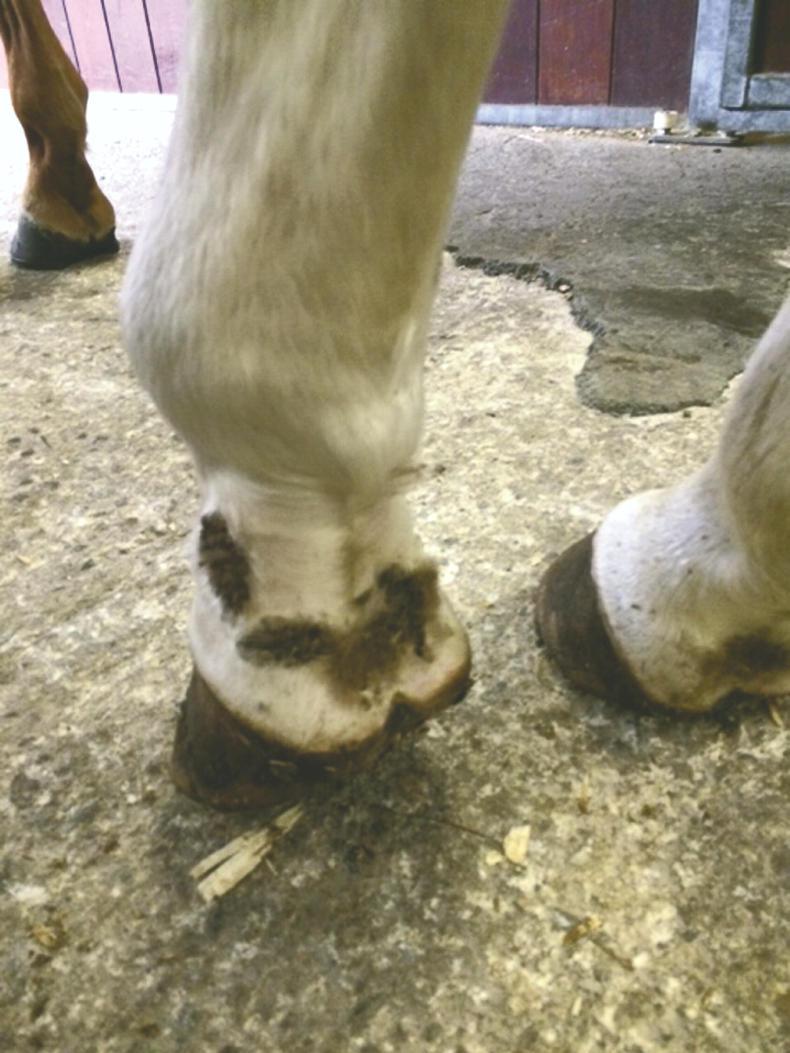What is mud fever?
Mud fever, which is often referred to as ‘cracked heels’ or ‘mud rash’ is a common condition found on horses legs, where the skin becomes inflamed and scabby and sometimes may ooze a yellowish fluid. The pastern, coronet and heels of the foot may become cracked.
It is typically found in the back legs of horses, though any leg can be affected. White legs (pink skinned) are more prone to mud fever than darker coloured legs. In severe cases, the horses’ leg can swell and cause lameness.
What causes mud fever?
There are many causes of mud fever, the most common being exposure to damp conditions for a prolonged period of time, for example standing in soiled bedding or in deep mud. Frequent washing of your horses’ legs without fully drying them afterwards can also cause cracked heels. These wet conditions give bacteria a perfect environment to grow in.
If your horses’ skin is generally unhealthy this can also result in the development of mud fever. This is usually due to a poor immune system or some other underlying issue.
Horses with very hairy legs are usually more prone to mud fever as their legs tend to be washed more frequently. It is also very difficult to get the heels completely dry after washing. Mud can become trapped in the horses’ hair more easily.

White legs have a higher risk of developing mud fever
Prevention
As we all know, prevention is better than cure. Here are some steps you can take to reduce the chance of your horse developing mud fever:
Treatment
There are many different tips and tricks for treating mud fever and they really depend on the severity of the case. Here are some ways to treat it:
It is made up of a combination of essential oils such as aloe vera, lavender, eucalyptus and tea tree. The antiseptic properties make the pastern cavities difficult for the bacteria that causes mud fever to live in.
It also heals wounds and the moisturising effect of the cream will improve skin elasticity so there is less formation of scar tissue which will allow the hair will grow back faster.
Tip of the week
After hosing down my horse’s legs, on a cold day I like to sponge them down with warm water. I give the heel a good rub with the sponge to get out any dirt I missed with the hose. Then I dry the legs thoroughly with a clean towel (again paying extra attention to the heel) and apply some baby powder. This ensures the legs are as dry as possible and helps to prevent mud fever and skin irritations. As tempting as it is to use shampoo to make life easier and get those legs extra white, I really try to avoid this if I can, especially in the winter. Shampooing can strip the skin of its natural oils giving your horse less of a chance to protect its own skin.